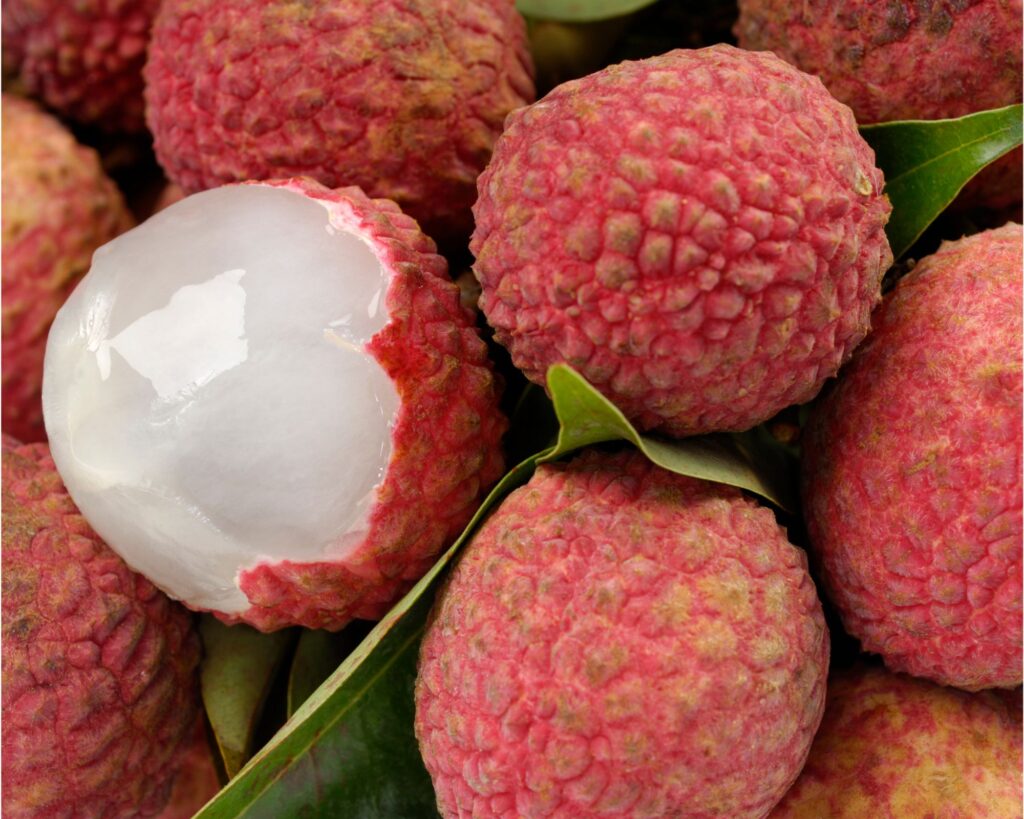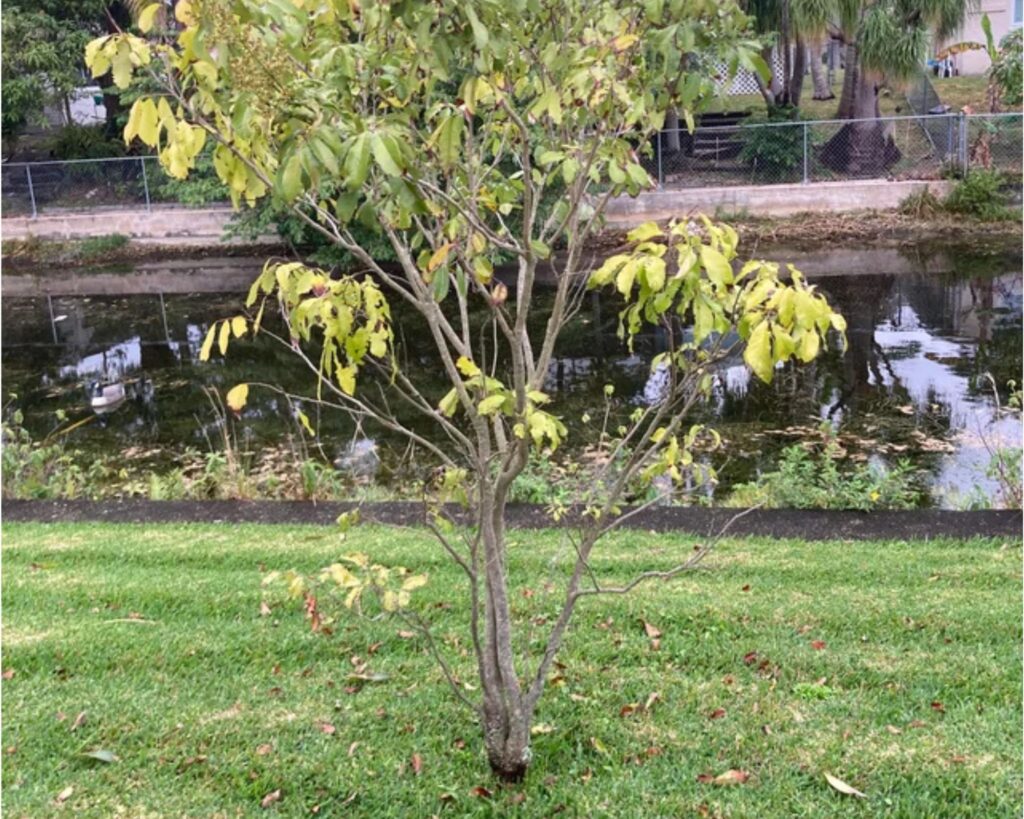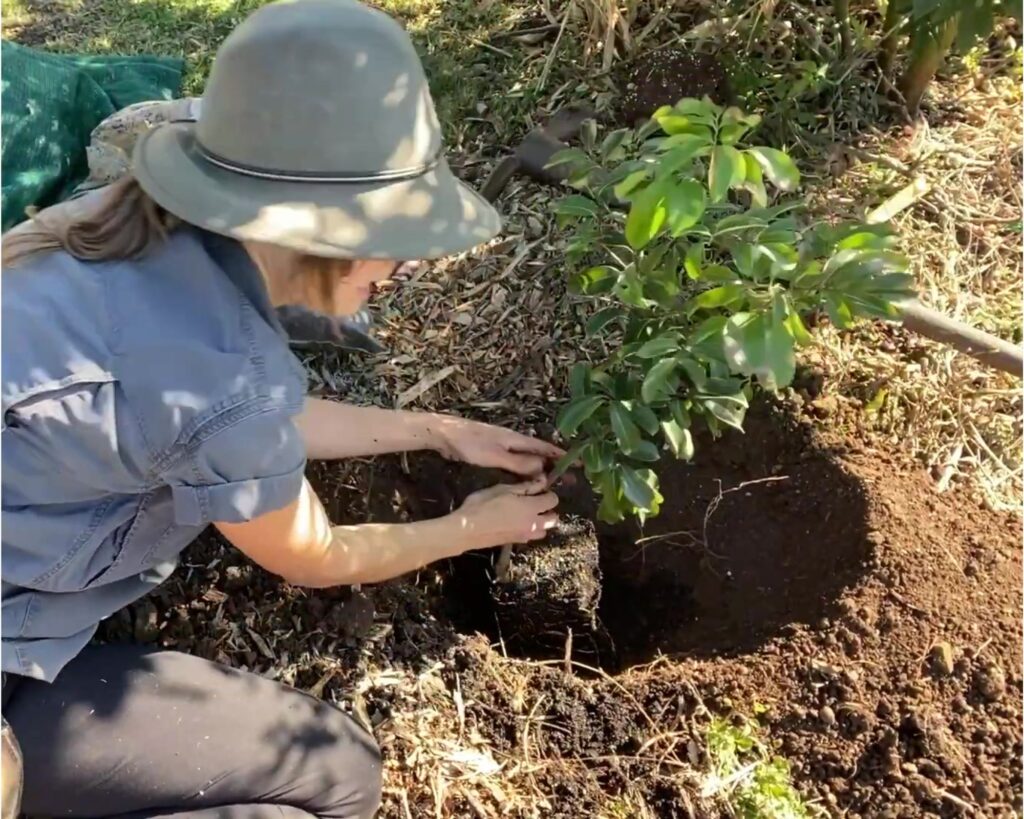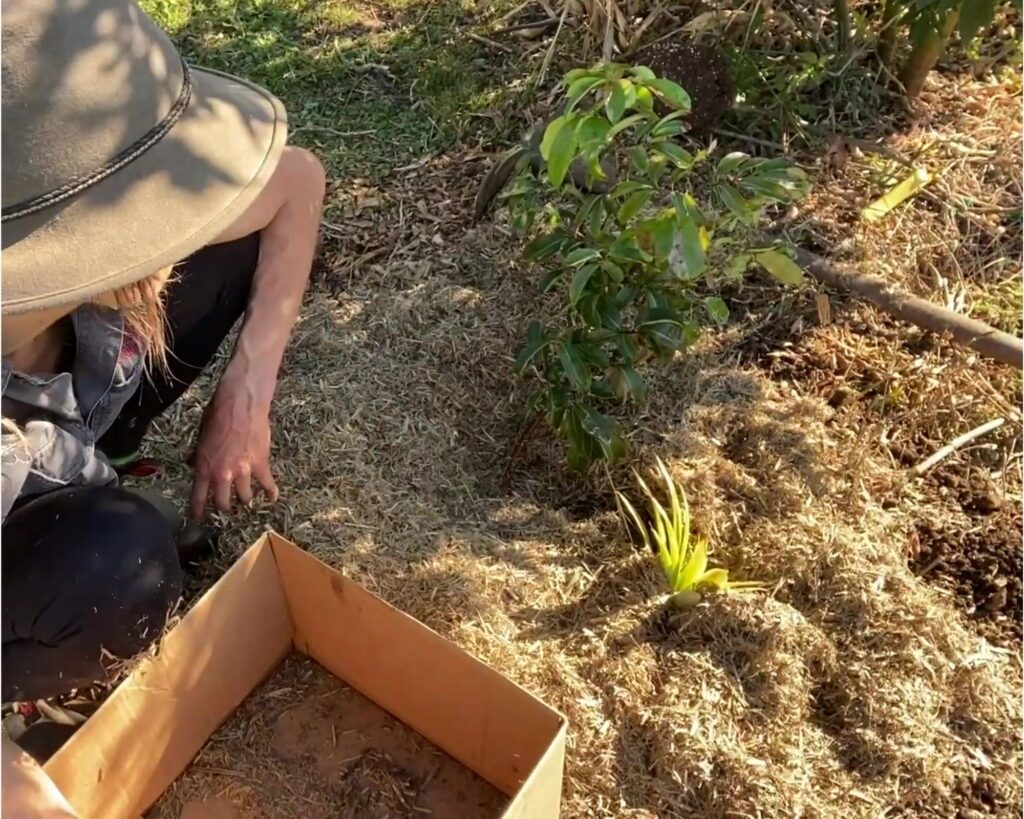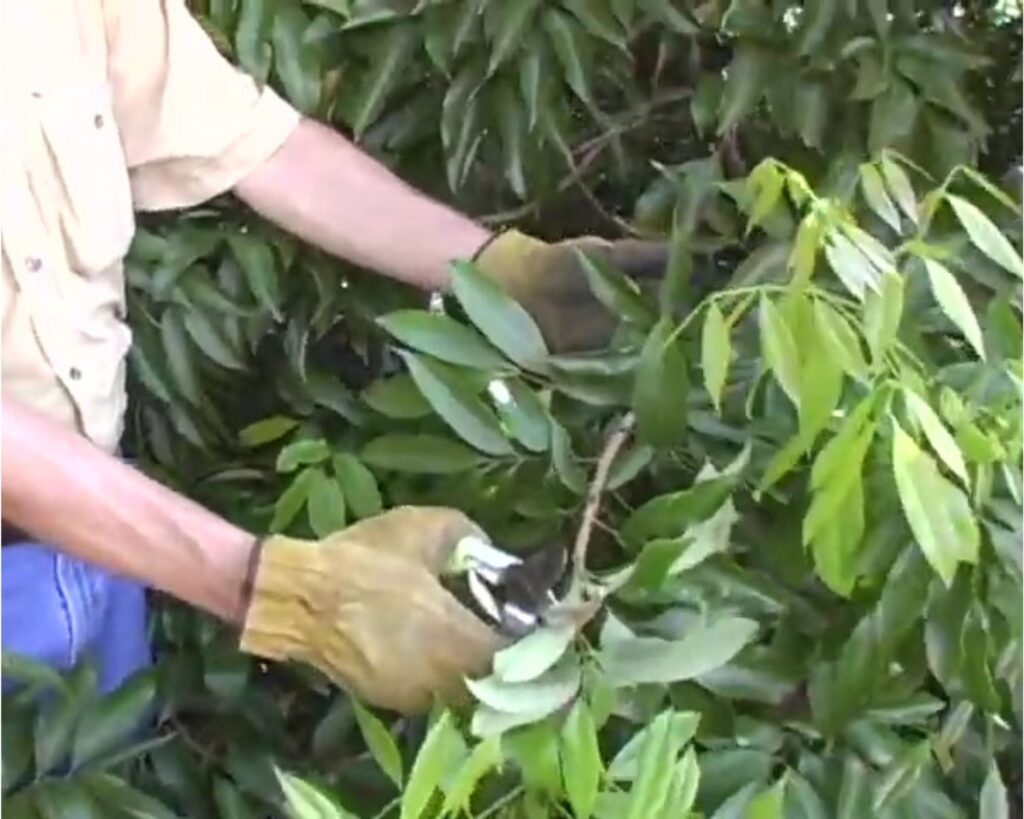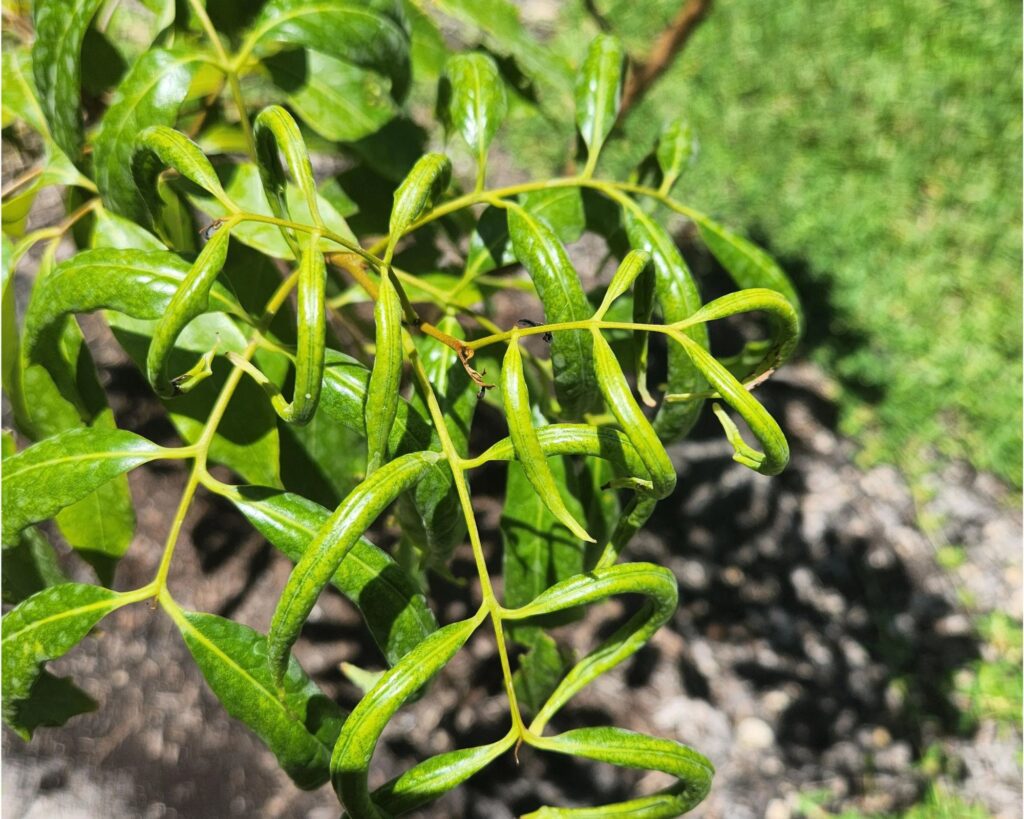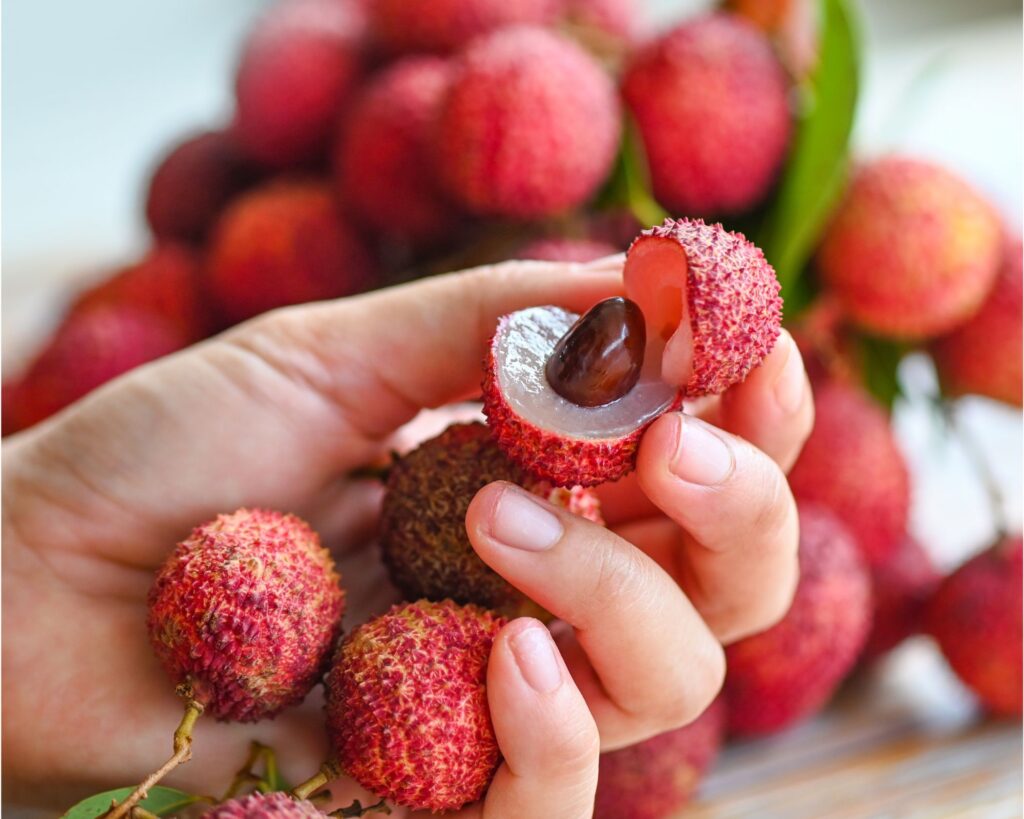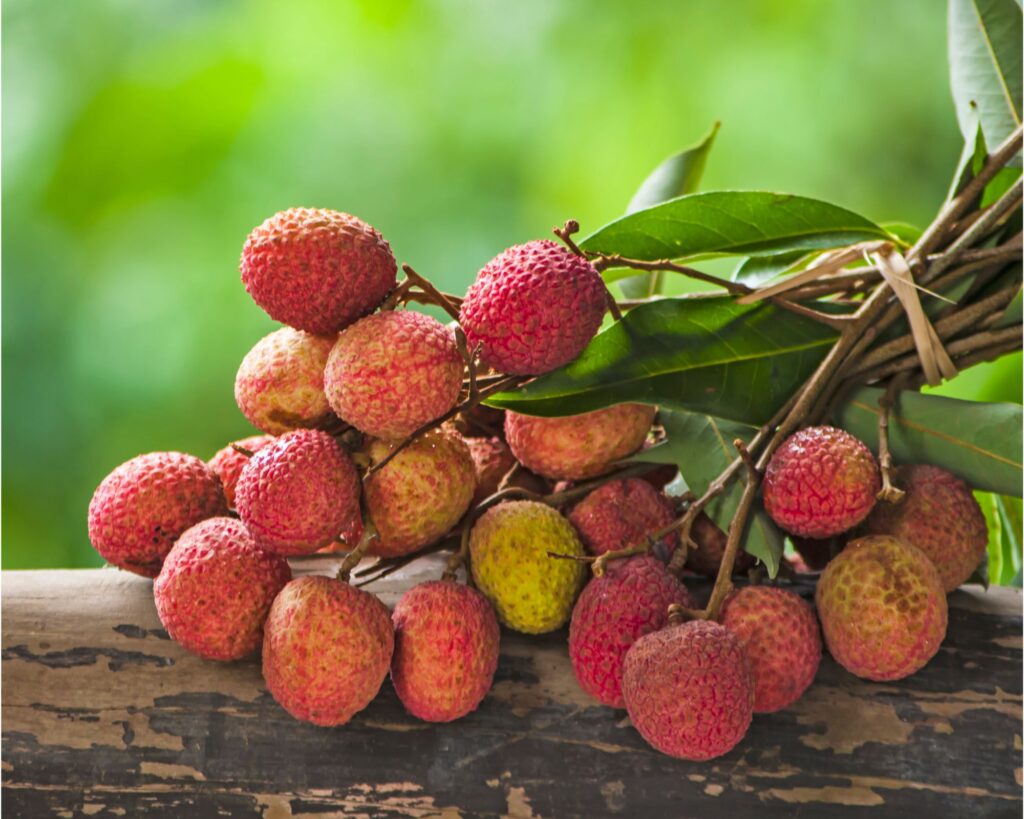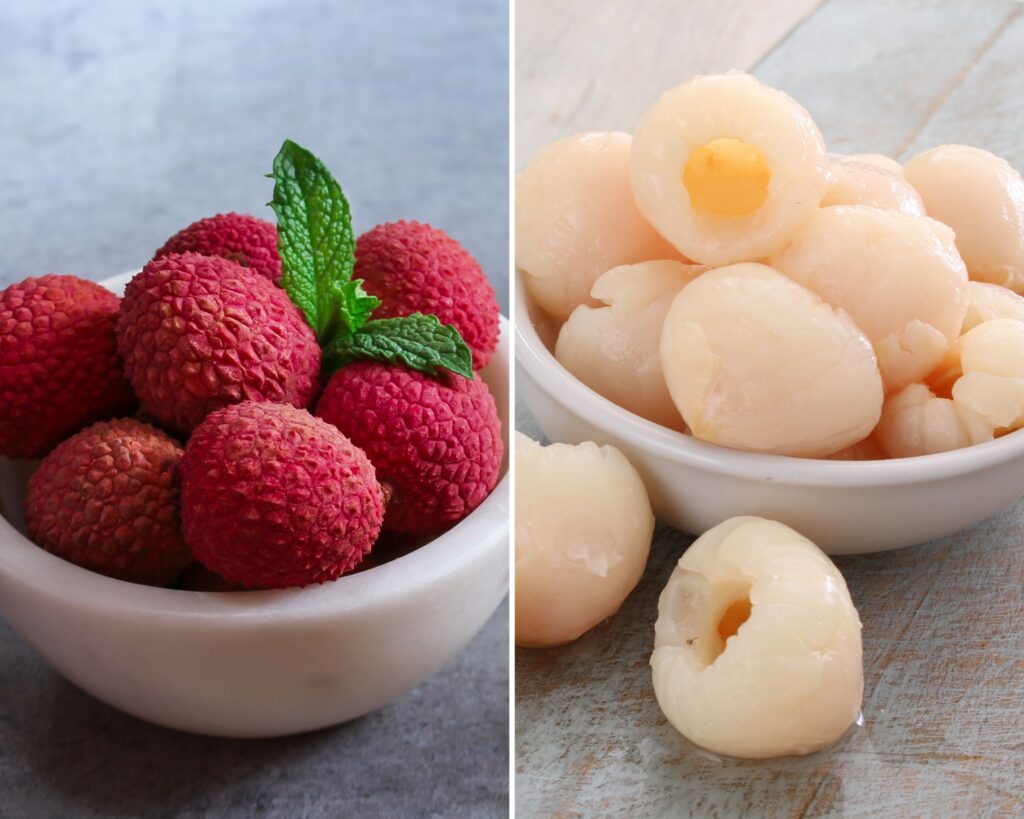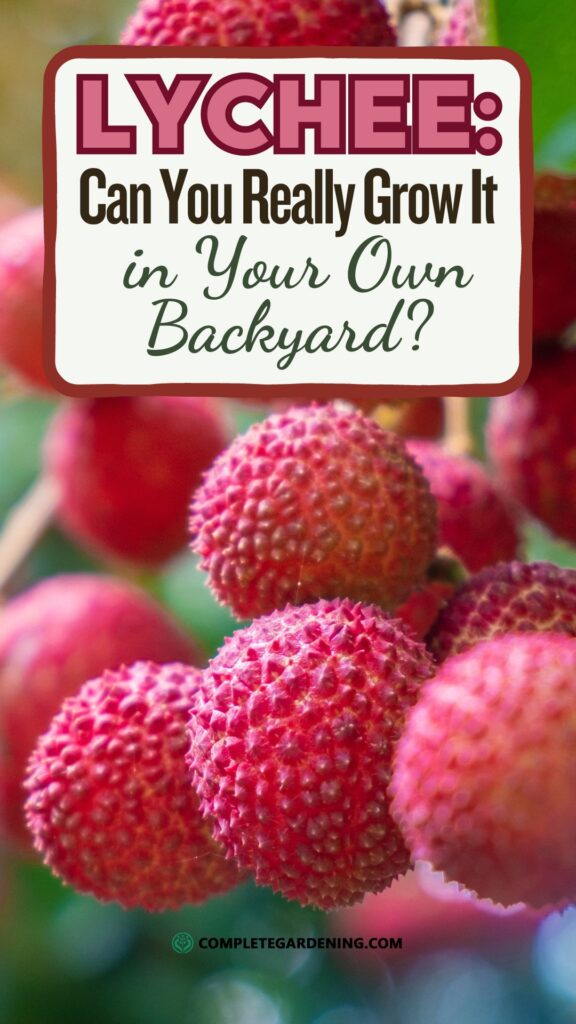Curious about growing something unique and extraordinary in your garden? Let me introduce you to lychee – an exotic fruit with a flavor so sweet and floral, it’s practically irresistible.
Not only does it taste incredible, but its rough, striking exterior also adds a touch of intrigue to any garden.
So, how do you start growing this tropical wonder at home? Let’s dive in and discover the secrets to successfully planting, nurturing, and harvesting lychee.
Origin and History
Lychee, a tropical fruit, offers a blend of sweetness and nutrition. Its rich history and health benefits make it a delightful addition to any diet.
The lychee fruit has its roots in southern China, where it has been cultivated for over 2,000 years. Ancient Chinese literature often references lychees, praising their flavor and elegance.
From there, it spread to other regions in Southeast Asia, becoming popular in countries like Thailand, Vietnam, and India. By the 18th century, it had made its way to the West, brought by traders and explorers.
This historic journey reflects its cultural and culinary significance.
Nutritional Value and Health Benefits
Lychees are not only delicious but also packed with nutrients. They are an excellent source of vitamin C, providing over 100% of your daily needs in just one serving.
They also contain vitamins B6, niacin, riboflavin, folate, copper, potassium, phosphorus, magnesium, and manganese. These nutrients support immune function, digestion, and cardiovascular health.
Lychees are also rich in antioxidants, which help combat free radicals in your body. Whether enjoyed fresh or added to your favorite dishes, they contribute significantly to a healthy diet.
Choosing the Right Location
When planting lychee trees, you must focus on location, soil, and timing. Each of these factors plays a critical role in ensuring healthy growth.
Choose an area with plenty of sunlight for your lychee trees. These trees thrive in full sun, so avoid shady spots. Make sure there’s enough space, as lychees can grow quite large. A warm climate with protection from strong winds is ideal.
Proximity to water is also advantageous, but ensure proper drainage to avoid waterlogging.
Consider surrounding structures. Avoid locations too close to buildings or other trees, as they might block sunlight. Keep in mind that lychees can reach up to 40 feet tall. Providing ample room facilitates healthy growth and fruit production.
Understanding Soil Requirements
Lychee trees prefer well-draining, acidic soil with a pH between 5.0 and 6.5. Soil that’s rich in organic matter is beneficial, as it helps retain moisture.
Work compost into the soil before planting to improve nutrient content. Avoid heavy clay soils, since they can retain excess water, which damages roots.
Check your soil’s drainage by digging a hole and filling it with water. If it drains within a few hours, the drainage is likely sufficient. Enhancing soil with sand or organic material can help improve conditions.
Consistent soil moisture is crucial, especially in dry periods, to support the growing tree.
When to Plant Lychee Trees
Timing is crucial for planting. The best time to plant lychee trees is in late spring or early summer. This timing allows the trees to establish roots during the warm growing season.
It is important to plant after the last frost to protect sensitive young plants from cold damage.
Avoid planting in extremely hot conditions, as young trees are susceptible to heat stress. Cooler morning hours can be the best time of day for planting.
Once planted, regular watering is essential, especially during the first few weeks, to help new roots settle and begin to grow.
Watering and Mulching
Proper care is crucial for lychee trees to thrive. Focus on consistent watering, careful pruning, and managing pests and diseases effectively for healthy growth and productive harvests.
Lychee trees need regular watering, especially during dry periods. Water them deeply but avoid letting the soil stay soggy. This helps the roots grow deeply, providing better support and nutrient absorption.
Mulching around the base helps retain moisture and controls weeds. A layer of organic mulch, like straw or wood chips, about 2-3 inches thick, can prevent soil erosion and maintain consistent soil temperature.
Keep mulch a couple of inches away from the trunk to prevent rot.
Develop a routine that considers your climate and soil conditions. During rainy seasons, reduce watering to prevent over-saturation, which can harm the roots.
Pruning and Training
Pruning young lychee trees is essential to establish a strong structure. Remove any weak or crossed branches to promote a robust framework. For mature trees, trim back vigorous shoots after harvest to maintain shape and encourage fruiting.
Training involves shaping the tree through selective branch removal, allowing sunlight and air circulation. This reduces disease risk and helps produce high-quality fruit.
Take care when cutting to make clean, angled cuts just above a bud or branch to encourage healing.
Regular inspection and pruning help lychee trees stay healthy and productive. Aim for a balanced canopy that supports ample light penetration to the interior branches.
Pest and Disease Management
Lychee trees can face pests like lychee stink bugs, aphids, and fruit flies. Monitoring your trees regularly helps catch these issues early. Natural remedies like neem oil or insecticidal soap can control minor infestations.
Diseases such as root rot and anthracnose might develop in damp conditions. Ensure proper drainage and avoid wet foliage to reduce risk. If you notice signs of disease, remove affected parts and apply appropriate fungicides if needed.
Keeping your lychee trees healthy involves a proactive approach. Regularly inspect your trees, and address any issues promptly to ensure they remain strong and fruitful.
Identifying Ripe Lychees
Harvesting lychee requires attention to timing, techniques, and proper handling. By focusing on these aspects, you can ensure the fruit’s quality and extend its shelf life.
Ripe lychees have a bright red color with a slightly rough texture. They should feel firm yet yield slightly under gentle pressure.
Avoid fruits with a green hue, as they are likely under-ripe, or those with brown spots, indicating they may be overripe. A ripe lychee has a sweet fragrance.
It’s essential to observe these signs closely since lychees, once picked, do not continue to ripen and need to be harvested at their best.
Harvest Techniques
Use pruning shears or scissors to harvest lychees carefully. Snip them with a short stem attached, avoiding direct pulling, which can damage the fruit and the tree.
Harvesting is best done during the early morning when temperatures are cooler. This prevents heat stress on the fruit, maintaining its quality.
Ensure to wear gloves to protect your hands from the tree’s sharp branches while picking.
After harvesting, handle lychees with care to avoid bruising. Gently place them in shallow containers for better air circulation.
Store them in a cool place or refrigerate to prolong freshness. When refrigerated, lychees can last up to two weeks.
Avoid stacking the fruits too high, as this can cause damage to those at the bottom. Consider using breathable bags or containers to keep them fresh.
Fresh vs. Canned Lychees
Lychees are delightful whether you enjoy them fresh or canned. You can incorporate them into a variety of recipes, adding a touch of sweetness and exotic flair to your dishes.
When deciding between fresh and canned lychees, both have their unique charms. Fresh lychees offer a juicy, vibrant flavor with a delicate texture. They burst with a sweet, floral taste and a hint of tartness.
On the other hand, canned lychees are convenient and available year-round. They are usually preserved in syrup, which enhances their sweetness but may alter their natural flavor slightly.
When using canned lychees, rinse them to reduce the syrup’s effect if a more subtle taste is desired.
Recipe Ideas and Uses
Lychees can transform many dishes with their sweet, aromatic flavor. For a refreshing drink, try a lychee smoothie or cocktail by blending lychees with other fruits and a splash of lime.
In desserts, lychees pair beautifully with coconut milk in sorbets or ice creams. For savory options, consider adding lychees to salads for a sweet contrast or using them in a fruit salsa with grilled seafood.
Experiment with lychee-infused syrups for pancakes or as a drizzle over baked goods. They can also be added to yogurt or oatmeal, offering a unique twist to your breakfasts. Enjoy exploring these delicious possibilities!
Growing lychee trees not only adds a unique and tropical touch to your garden, but it also offers the rewarding experience of harvesting your own delicious, exotic fruit.
Whether you’re intrigued by their striking red appearance, captivated by their floral flavor, or simply looking for a new addition to your garden, lychee trees are a beautiful and fruitful choice.
From the planting stage to harvest, every step in cultivating lychee trees brings a touch of nature’s elegance into your outdoor space.

